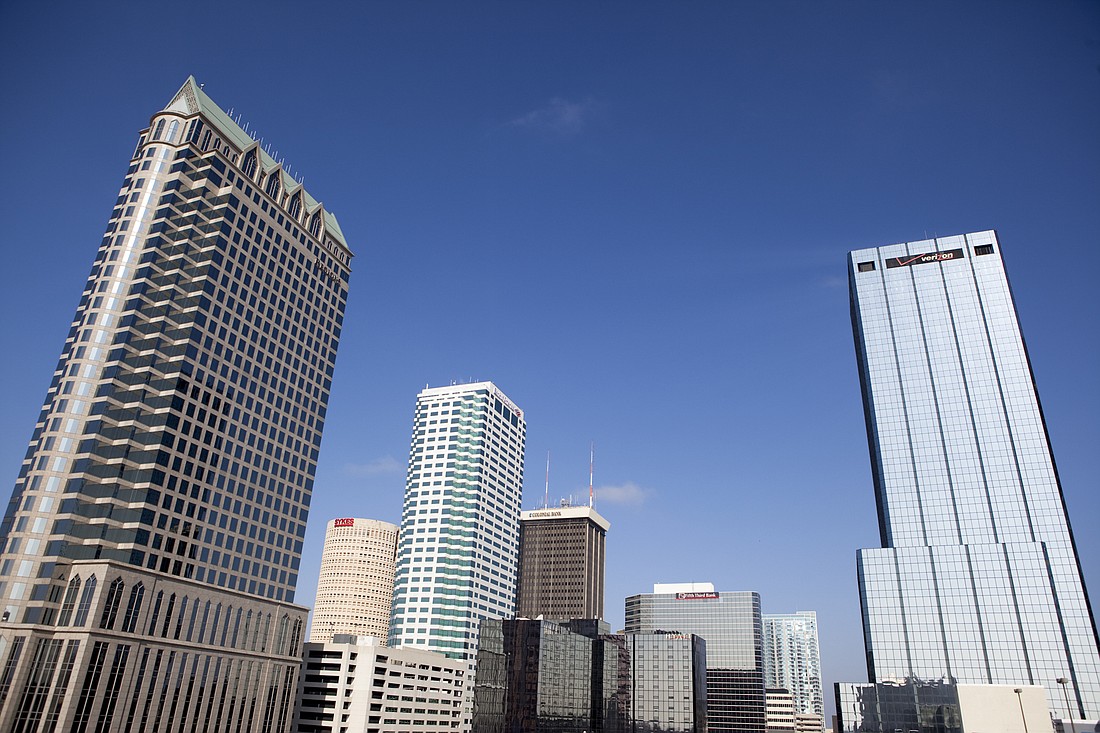- January 15, 2025
-
-
Loading

Loading

As businesses around the Gulf Coast contemplate when – and how – to reopen as the threat from the coronavirus pandemic appears to recede, a leading commercial real estate brokerage firm is offering a guide to prepare both properties and workforces.
Cushman & Wakefield’s “Recovery Readiness: A How-to Guide for Reopening Your Workplace” draws on its experience in China with some 10,000 companies that re-occupied roughly 800 million square feet that in the country following the pandemic there.
The report offers insights on how to properly prepare building systems; control access points; institute better cleaning methods; communicate with workers through signage and transparent policies; and create social distancing plans for companies.
Cushman & Wakefield also advocates that companies, especially office occupiers, develop what it terms “The 6 Feet Office” that separates desks, reinvents break areas, installs one-way foot traffic for employees and other regulations.
The report also puts heavy emphasis on reducing staff anxiety over returning to the workplace in the wake of the COVID-19 pandemic, which has killed more than 60,000 in the U.S.
“While workplace design policies and safety protocols are critical pieces of the puzzle, they do not touch on perhaps the most important aspect of return to work – the readiness of the workforce physically, emotionally and psychologically,” the report states.
While acknowledging that returning to work will for many be a “turbulent, stressful and unpredictable” experience, the 32-page report notes companies can take several key steps that can alleviate stress.
Frequent communication is paramount, about everything from the need for increased hand washing to new cleaning procedures, together with details about changes in policies.
“Understanding the ‘why’ is a great way to reinforce the ‘what,’” the report states.
Empathy is also critical.
“It’s also important to understand if employees feel their organizations are caring for them,” the report says.
From a more practical standpoint, the report also recommends companies issue personal protective equipment to employees, visitors, vendors and cleaning personnel; consider one-way circulation routes, as many grocery and other stores have done; use only alternate desks, in a checkerboard fashion and eliminate desk sharing; increase the space between desks; remove coffee pots and other high-touch points; and evaluate the necessity for in-person meetings.
The report also advocates that companies designate a single location for deliveries – a place where packages and mail can be disinfected before being dispensed; keep doors open to minimize touching doorknobs; install motion detectors on lights to avoid flipping switches; and remove whiteboard pens and erasers. Instead, employees should be encouraged to bring their own to meetings.
“A lot is going to, by necessity, change in the workplace moving forward. But what’s not changing is our need to be around each other, using best practices and new protocols to simultaneously be safe and most productive,” says Scott Garlick, managing principal of Cushman & Wakefield’s Tampa office.
“Offices are places with collaborative energy and tools like copy machines that even most of the best equipped home offices don’t have,” Garlick adds. “What I’ve learned from this whole process is my need to socially be together with my coworkers.”
As impacted as employees and companies occupying space will be in returning to work, building owners and managers will have to engage in significant work to make properties habitable again.
In addition to installing signage outlining social distancing, sanitizing common areas and elevators and reducing the number of entrances to prevent virus spreads, the report suggests landlords or managers remove touchscreens and kiosks, eliminate visitor lanyards and plastic reusable nametag holders in favor of disposable stickers and remove lobby furniture to mitigate touchpoints.
Building systems like heating, ventilation and air conditioning also should be inspected to detect potential problems, air filters should be changed and buildings should be flushed with fresh air for at least 24 hours.
The same inspections and work should be done on water systems, the report notes.
On an even more granular basis, condenser and evaporator coils should be cleaned indoors and outdoors, belts should be checked for cracks, electrical wiring and fuses should be looked at for signs of vacancy-inspired damage, refrigerant levels should be inspected and all motors and mechanical systems tested.
Together, landlords, their tenants and the people who work for the companies occupying space also need to prepare for “the impact of potential resurgence of disease in the workplace after re-opening sites” and establish procedures “for alert and outbreak verification to receive early warnings should the virus resurge.”
But even with all the new protocols, safety procedures and social distancing in place as companies and workers return to their offices, shops and other facilities, Cushman & Wakefield notes that U.S. business could be a long way from “normal.”
“Get ready for permanent hybrid ways of working,” the report predicts.
Garlick, of Cushman & Wakefield’s Tampa office, agrees. He believes that in the wake of the COVID-19 pandemic companies and their staffs will embrace new technologies that provide for remote working as never before. Cushman & Wakefield's Tampa operation is no exception. The company has yet to decide when it will reopen its downtown office.
Building owners and managers, as well, are expected to invest in so-called “smart” building technology that helps contain the risk of infection and maintain building systems more efficiently.
“Responding to the ‘new normal’ is a journey and will take an investment from all corners of the real estate industry,” Cushman & Wakefield concludes. “We have a unique challenge today, and the future no doubt will bring new challenges and opportunities. Expect COVID-19 to be a catalyst for the adoption of smart building technology.”